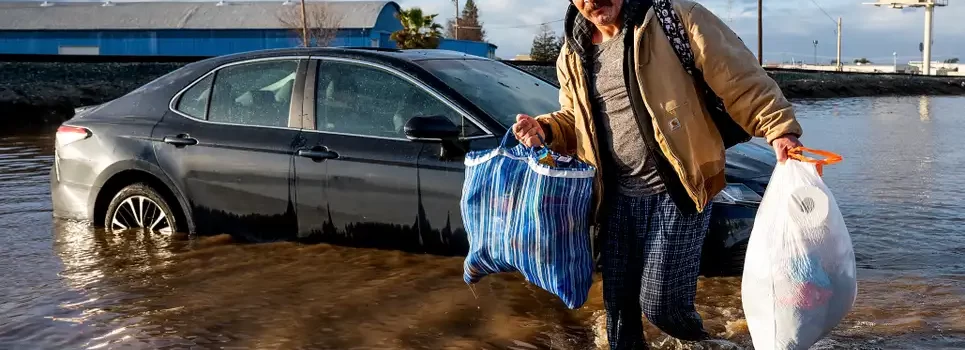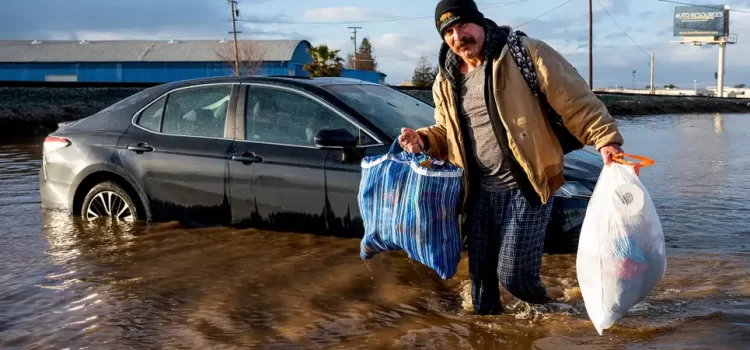



California isn’t out of the woods yet. At least 17 people are dead, thousands have been forced to evacuate, and cities and municipalities all over the state are looking at millions of dollars in damage from devastating winter weather that began late last month and doesn’t look like it will stop anytime soon.

Rainfall totals in various parts of the state have been as high as 400% to 600% above average since the storms started in late December, the National Weather Service said Monday. In a storm that hit Monday, more than 18 inches (45 centimeters) of rain fell in parts of Southern California, while more than 5 feet (1.5 meters) of snow fell in the Sierra Nevada range in the north. More than 60,000 people were without power as of Tuesday, according to PowerOutage.us.

“We’ve had six storms in the last two weeks,” California Lt. Gov. Eleni Kounalakis told CNN. “This is the kind of weather you would get in a year and we compressed it just into two weeks.”

The pounding rain has caused some truly apocalyptic weather conditions. Deteriorating roads Monday evening caused a massive sinkhole in a suburb of Los Angeles, temporarily trapping a mother and daughter caught in their car. In San Miguel, rescuers are searching for a 5-year-old boy who was ripped from his mother’s arms by raging floodwaters Monday.

The storms are due to a series of what are known as atmospheric rivers, or bands of air carrying a lot of moisture that can cause heavy rains and snow on the West Coast. The National Weather Service said Wednesday that heavy rain and some snow are expected over parts of California through Friday evening, which will cause “localized areas of flash flooding, with urban areas, roads, small streams, and burn scars the most vulnerable.” Some 5 million people were under a flood watch.

In a briefing on Tuesday afternoon, Governor Gavin Newsom told Californians to prepare for more rain.
“We’re not out of the woods,” Newsom told reporters. “We expect these storms to continue until at least the 18th. We expect, at minimum, three more of these atmospheric rivers in different shapes and forms. The magnitude of this is not isolated.”

Newsom said the death toll is “tragically likely to grow” as the storms continue.
“We’ve had less people die in the last two years of major wildfires in California than have died since New Year’s Day related to this weather,” Newsom said. “These conditions are serious and they’re deadly.”

The storms come after a summer of particularly dry conditions in California as much of the West continued to suffer through a historic drought. The boomerang between severely dry and severely wet is a sign of climate change: a 2018 study found that climate change is likely to create “winter whiplash,” as the pendulum swings wildly between extremes and the concept of “average” becomes foreign.
